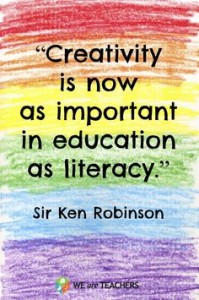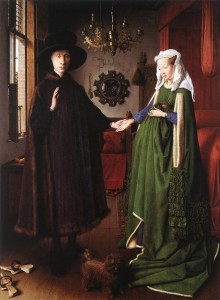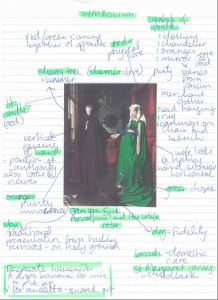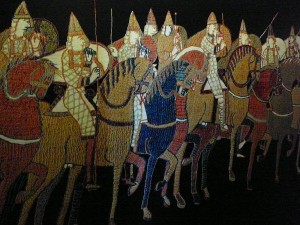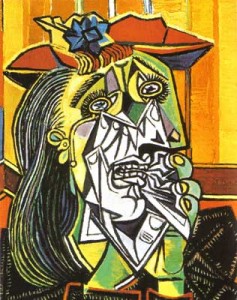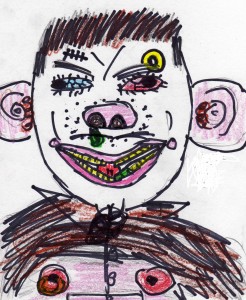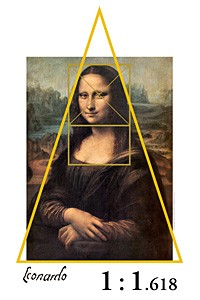A new term usually signals a new text we have to ‘teach’. In many cases there’s a 90% chance that your students haven’t read the novel in advance and if they have, well, that’s a bonus.
Over the years I’ve tried lots of ways to try and get students involved with the class texts. I’ve sat in on meetings where teachers decide which novels their students should read in which year level and during which term. I’ve been in on discussions as to whether to allow the film version to be studied and what the sparknotes might have to offer.
I’ve had occasion to actually introduce novels in a few classes over the years with great success (usually as a CRT or while on a short term contract) even though I’m not a trained English teacher. This is what I have to offer…
Reading the novel from the outside in
There are many students who don’t like to read, especially not books that are prescribed by their teachers. However, until we change our ways and actually allow the students themselves to choose their own novels – now there’s an idea – we need to find ways to engage them. We need to ‘hook’ them into learning.
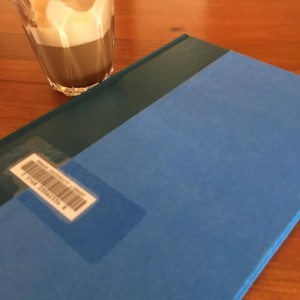
Blue book
For a student to connect with their novel we have to tease them into wanting to know more. Therefore I never begin with the Forward or the Introduction and nor do I begin at Chapter One. In fact, I don’t even do this in my own reading, which is probably why I was a little disappointed when the book I put on hold last week turned out looking like this (Blue book). I know I’m going to need to make some effort in reading it over the coming weeks (sighs). So what is it that would engage my students and I into reading a book? What’s the hook? For me it’s going to be the cover – front and back.
For this experiment, I’d like you to grab a novel or any book close by and follow the prompts while simultaneously developing a mind map by hand or using any brainstorming apps:
Here’s mine;
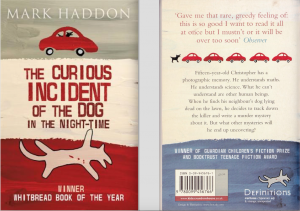
One version of the cover – ‘The curious incident of the dog in the night-time’
- Have a good look at both the front and back, and write down everything you see (use adjectives to really help describe what it is, e.g. 6 red cars and extend the mind map). This is even more interesting if your students have different editions.
- Ask questions of the students – What does the colour ‘red’ represent? Extend the mind map as students respond – red, love; anger…
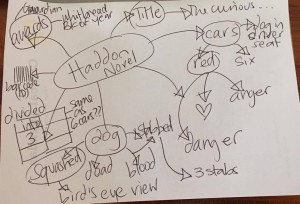
Beginnings of a mind map
- What of the awards? Google and add info to mind map
- Keep going – accept all responses as students begin to engage with your questions. They may have some of their own. Ask.
- They may want to add colour or other images which they can draw or download.
- Now get them to read the blurb
- Who is the main character?
- What do you know about this character from reading the blurb? Explore further the idea about not understanding human beings. Do they know anyone like this in their own lives?
- What more have you learnt about the dog?
- Keep building the mind map…Are there any other characters mentioned? Who are they?
- What kind of novel is this? Mystery – who likes mysteries? Tell me about something mysterious…
- What mysteries might the main character unravel in this novel? Write a paragraph we can compare later…or draw a picture…or record your idea on your device…
Let’s find out what happens shall we?
And so only then do we turn to Chapter 1 – ‘It was 7 minutes after midnight.” #hooked
Try it; I’d love to hear how it goes.
The mind map can be updated, re-designed, discussed, and dissected as they go through the novel – extending and comparing their first thoughts and developing ideas for later analysis. Some students might like to follow along using the audio version as they read through the book. Did you know that there is a stage production of the novel and even an overview?
So, how did you go with your book? Do you think this could work in your classes? Are you willing to have a go? I’d love to hear about it.
Thanks for reading 🙂

